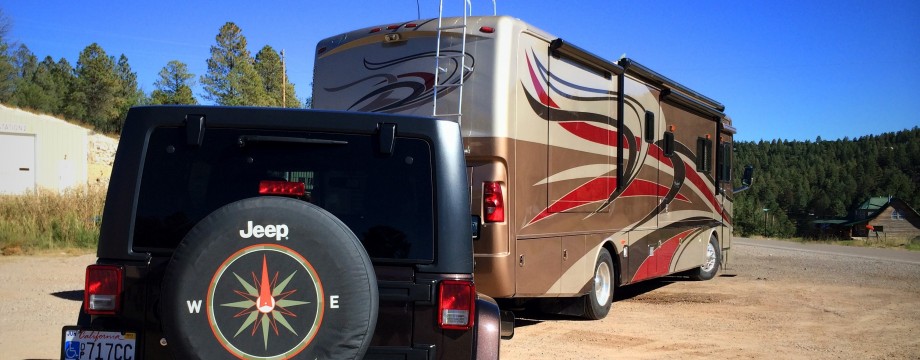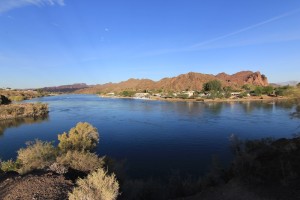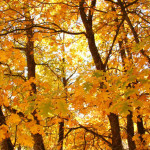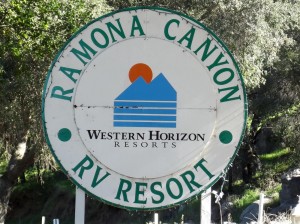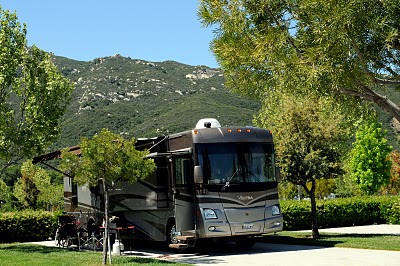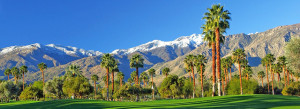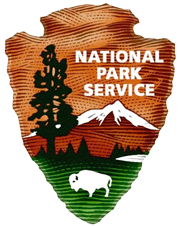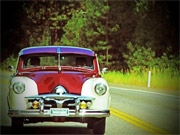
The lonely desolation of this place was thought provoking to me.
JANUARY 12, 2014.
Joshua Tree National Park is immense, nearly 800,000 acres, and infinitely variable. It can seem unwelcoming, even brutal during the heat of summer when, in fact, it is delicate and extremely fragile. This is a land shaped by strong winds, sudden torrents of rain, and climatic extremes. Rainfall is sparse and unpredictable. Streambeds are usually dry and waterholes are few. Viewed in summer, this land may appear defeated and dead, but within this parched environment are intricate living systems waiting for the opportune moment to reproduce. The individuals, both plant and animal, that inhabit the park are not individualists. They depend on their entire ecosystem for survival.
Two deserts, two large ecosystems primarily determined by elevation, come together in the park. Few areas more vividly illustrate the contrast between “high” and “low” desert. Below 3,000 feet (910 m), the Colorado Desert (part of the Sonoran Desert), occupying the eastern half of the park, is dominated by the abundant creosote bush. Adding interest to this arid land are small stands of spidery ocotillo and cholla cactus.

Melancholy is the feeling I had here….it was pensive sadness.
The higher, slightly cooler, and wetter Mohave Desert is the special habitat of the undisciplined Joshua tree, extensive stands of which occur throughout the western half of the park. According to legend, Mormon pioneers considered the limbs of the Joshua trees to resemble the upstretched arms of Joshua leading them to the promised land. Others were not as visionary. Early explorer John Fremont described them as “…the most repulsive tree in the vegetable Kingdom.”
Standing like islands in a desolate sea, oases provide dramatic contrast to their arid surroundings. Five fan palm oases dot the park, indicating those few areas where water occurs naturally at or near the surface, meeting the special life requirements of those stately trees. Oases once serving earlier desert visitors now abound in wildlife.
The park encompasses some of the most interesting geologic displays found in California’s deserts. Rugged mountains of twisted rock and exposed granite monoliths testify to the tremendous earth forces that shaped and formed this land. Arroyos, playas, alluvial fans, bajadas, pediments, desert varnish, granites, aplite, and gneiss interact to form a giant mosaic of immense beauty and complexity.
As old as the desert may look, it is but a temporary phenomenon in the incomprehensible time-scale of geology. In more verdant times, one of the Southwest’s earliest inhabitants, members of the Pinto Culture, lived in the now dry Pinto Basin. Later, Indians traveled through this area in tune with harvests of pinyon nuts, mesquite beans, acorns, and cactus fruit, leaving behind rock paintings and pottery ollas as reminders of their passing.
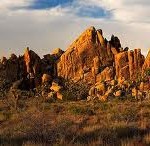
Joshua Tree National Park at dusk…
In the late 1800s cattlemen came to the desert. They built dams to create water tanks. They were followed by miners who tunneled the earth in search of gold. They are gone now, but they left behind the Lost Horse and Desert Queen mines and the Keys Ranch. In the 1930s homesteaders came seeking free land and the chance to start new lives. Today many people come to the park’s 794,000 acres of open space seeking clear skies and clean air, and the peace and tranquility, the quietude and beauty, only deserts offer.
The life force is patient here. Desert vegetation, often appearing to have succumbed to this hot sometimes unrelentedly dry environment, lies dormant, awaiting the rainfall and moderate weather that will trigger its growth, painting the park a profusion of colors. At the edges of daylight and under clear night skies lives a number of generally unfamiliar desert animals. Waiting out daytime heat, these creatures run, hop, crawl, and burrow in the slow rhythm of desert life. Under bright sun and blue sky, bighorn sheep and golden eagles add an air of unconcerned majesty to this land.
For all its harshness, the desert is a land of extreme fragility. Today’s moment of carelessness may leave lasting scars or disrupt an intricate system of life that has existed for eons. When viewed from the roadside, the desert only hints at its hidden life. To the close observer, a tiny flower bud or a lizard’s frantic dash reveals a place of beauty and vitality. Take your time as you travel through Joshua Tree National Park. The desert provides space for self-discovery, and can be a refuge for the human spirit.



